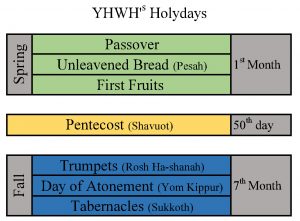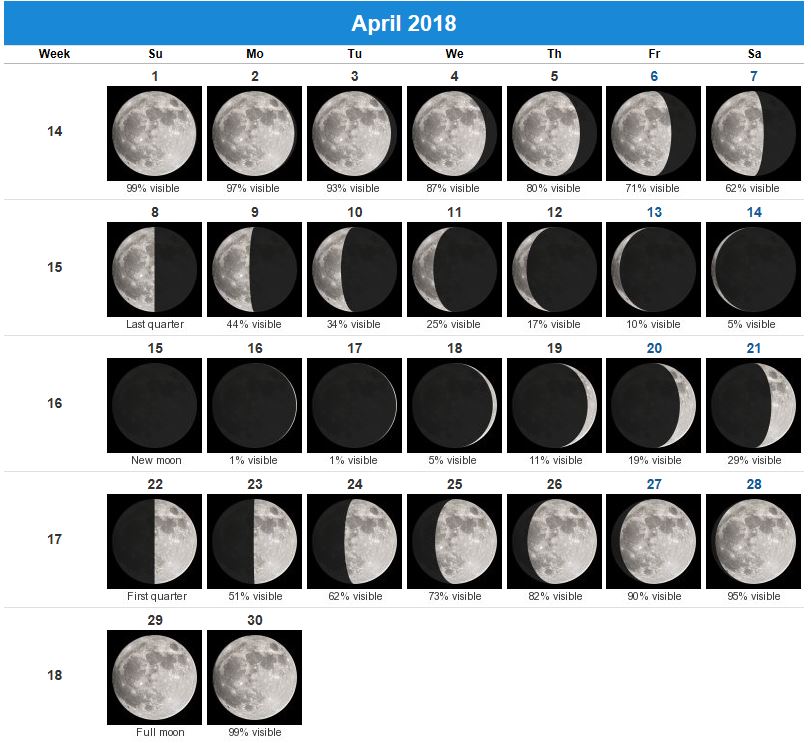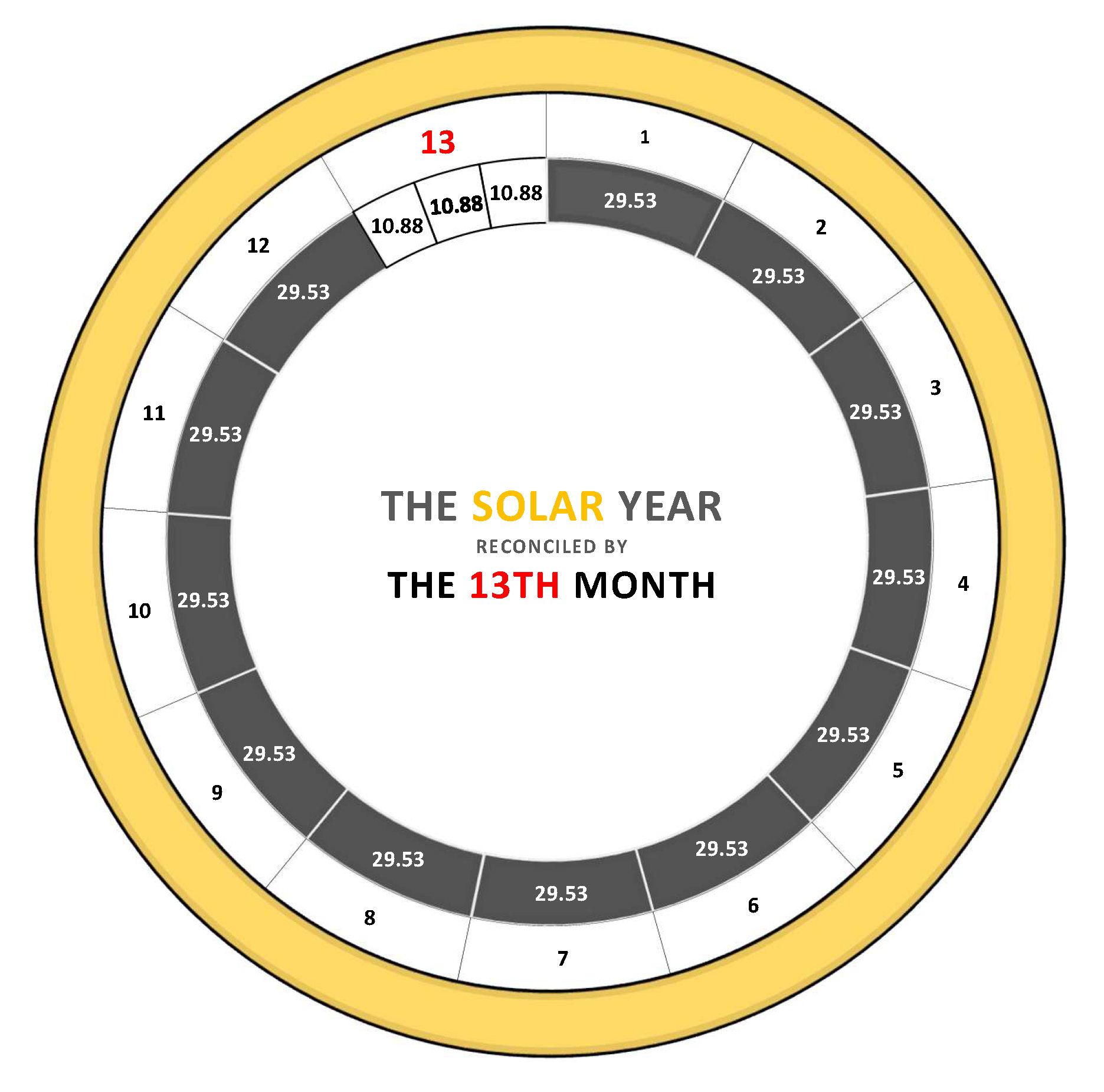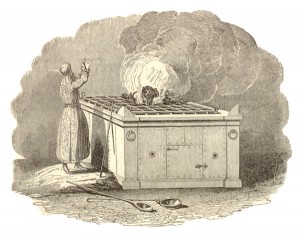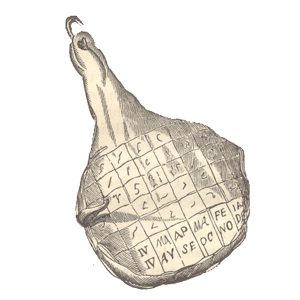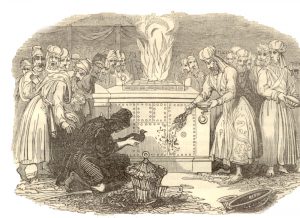 Part I (a) – Calendars, Apostles, & the Middle Wall of Partition
Part I (a) – Calendars, Apostles, & the Middle Wall of Partition
Do you believe all Scripture is inspired by Yahweh, the living God of the Bible? Do you believe it has meaning and symbolism meant to be understood by us today? If you do, then what purpose could there be for the number and order of the sacrifices I showed you in my last blog post: The Bible’s Holy Days: Pictures of the Messiah? (If you missed those charts I’ve reproduced them at the end of this blog post)
Sure, we know that Yeshua’s death and resurrection were fulfillments of the shadows or types found in the Biblical holydays of Passover, Unleavened Bread, and First Fruits, and that the fall feasts: Trumpets, Atonement, and Tabernacles – prophesy of His second coming. But why the clearly intentional use of the numbers 7, 13, and 14 in sacrifices offered during these feast days? What purpose could they have?
Part of the answer, I believe, is that numbers are the universal language and to insure that His redemptive plan could be identified and its purpose amplified, Yahweh in His infinite wisdom chose to stamp the sacrificial system of the Bible with the numbers 7, 13 & 14. Because of their importance to this redemptive message, I think of these numbers as the Messiah Factors.
What is Biblical Time?
A s I hope you’ll see in this article, the Messiah Factors are not only found in the sacrificial rites related to the Bible’s holydays of Passover, Unleavened Bread, First Fruits, Trumpets, Atonement, and Tabernacles. In fact, these numbers are incorporated into the very calendar by which these Biblical holydays are regulated.
s I hope you’ll see in this article, the Messiah Factors are not only found in the sacrificial rites related to the Bible’s holydays of Passover, Unleavened Bread, First Fruits, Trumpets, Atonement, and Tabernacles. In fact, these numbers are incorporated into the very calendar by which these Biblical holydays are regulated.
The first detailed explanation of “time” in the Bible is found in Genesis 1:14-16. Here it describes Yahweh’s heavenly Rolex and the basics of its celestial gears:
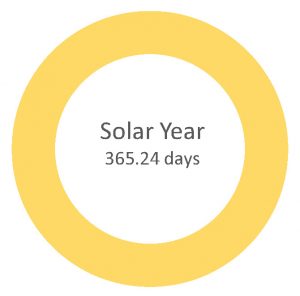 And God said, Let there be lights in the firmament of the heaven to divide the day from the night; and let them be for signs, and for seasons, and for days, and years:
And God said, Let there be lights in the firmament of the heaven to divide the day from the night; and let them be for signs, and for seasons, and for days, and years:
And let them be for lights in the firmament of the heaven to give light upon the earth: and it was so. And God made two great lights; the greater light to rule the day, and the lesser light to rule the night: he made the stars also. (Genesis 1:14-16)
According to Genesis the “lights in the firmament of heaven” divide the day and night. In this divine arrangement there were two “lights”. The greater light (the sun) rules the day and the lesser light (the moon) rules the night. These lights were made as signs (‘owth – signs or signals), seasons (appointed times or seasons), days, and years.
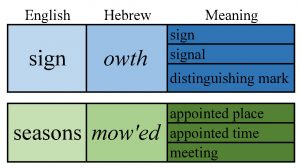 So the two main gears of Yahweh’s heavenly Rolex are the sun and moon. The sun, the light that rules the day, is a heavenly gear of 365.24 days in length. This gear is further reduced into a gear of 6 days labor and a 7th day of rest. This 6/7 gear makes 52 cycles in every solar year (plus a fraction of 1.24 days ever year). Because of the design of this gear (the earth’s position and movement relative to the sun) there are roughly 4 seasons of 13 weeks (52 weeks) in every solar year of 365.24 days.
So the two main gears of Yahweh’s heavenly Rolex are the sun and moon. The sun, the light that rules the day, is a heavenly gear of 365.24 days in length. This gear is further reduced into a gear of 6 days labor and a 7th day of rest. This 6/7 gear makes 52 cycles in every solar year (plus a fraction of 1.24 days ever year). Because of the design of this gear (the earth’s position and movement relative to the sun) there are roughly 4 seasons of 13 weeks (52 weeks) in every solar year of 365.24 days.
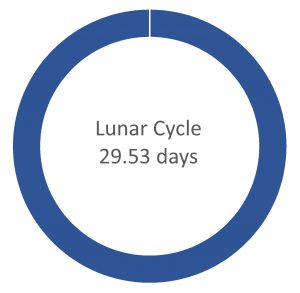 Now the lesser light in this heavenly Rolex is the moon. The moon is a gear of 29.53 days in length. Because of our heavenly watchmaker’s design, the moon has an internal cycle of waxing and waning. The visible light of this bi- monthly cycle is roughly 13 or 14 days. This nighttime gear in Yahweh’s Rolex has been flashing its signal for millenniums now. Take a look for yourself from April of this year.
Now the lesser light in this heavenly Rolex is the moon. The moon is a gear of 29.53 days in length. Because of our heavenly watchmaker’s design, the moon has an internal cycle of waxing and waning. The visible light of this bi- monthly cycle is roughly 13 or 14 days. This nighttime gear in Yahweh’s Rolex has been flashing its signal for millenniums now. Take a look for yourself from April of this year.
A 13th Month
Finally, the lunar and solar gears of Yahweh’s heavenly Rolex were designed to regulate two different aspects of the Bible’s calendar so they naturally have different cycle lengths. In other words, 12 lunar cycles of 29.53 days only equal 354.36 days. This means that a 12 month lunar “year” is roughly 11 days shorter than a solar year. To reconcile both sides of the Biblical calendar then, a 13th month is added roughly every three years. It is this 13th month that keeps lunar and solar aspects of the calendar in synchronization.
The way I like to think of it is, that the solar side of the Bible’s calendar regulates mankind’s day to day activities under the curse of sin. The lunar side of the Bible’s calendar is up there in the night sky reminding mankind every night of Yahweh’s redemptive plan for us. Reminding us that Yahweh’s Salvation, His Yeshua, has paid the price for our sins (He became our Passover – the lamb slain from the foundation of the world) and that someday He will be Continue reading

